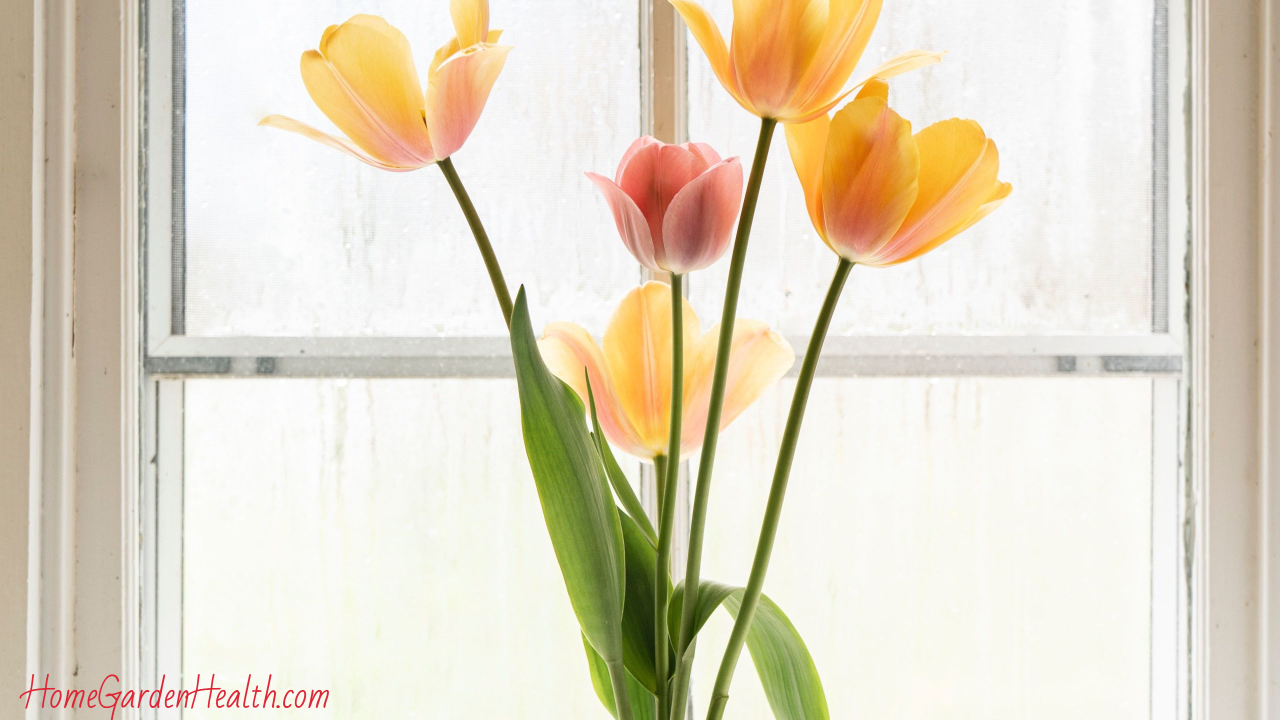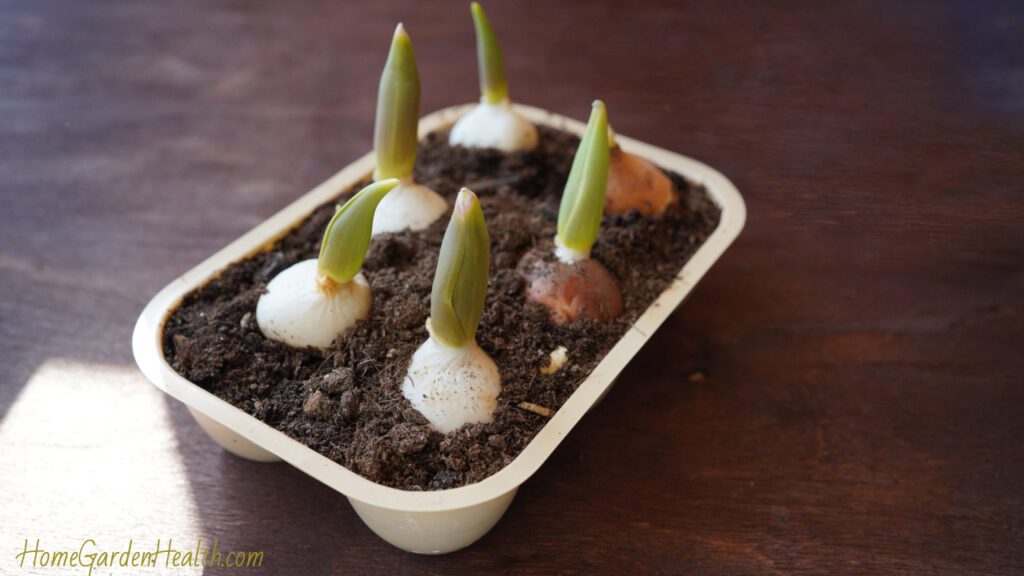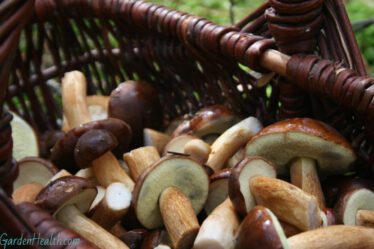
Indoor gardening is a therapeutic hobby that not only enhances the aesthetics of your home but also contributes to your well-being. One of the most captivating flowers to grow indoors is the tulip, known for its vibrant colors and elegant shapes. This article will navigate through the meticulous yet rewarding process of cultivating tulips indoors. By the end of this read, you’ll be well-equipped with the knowledge and enthusiasm to embark on your own tulip growing journey. Read on to learn how to grow tulips indoors.
Key Takeaways:
- Understanding the basic requirements for growing tulips indoors.
- A step-by-step guide to preparing, planting, and caring for your tulips.
- Addressing common challenges and solutions.
- Maximizing the aesthetic appeal of your indoor tulip garden.
Getting Started with Tulips Indoors

Understanding Tulip Biology
Tulips are perennial bulbs which means they come back year after year, growing anew from the old bulbs. However, when grown indoors, they require a bit more care to ensure they bloom successfully.
Basic Requirements for Indoor Tulips
Here are some fundamental needs for healthy tulip growth indoors:
- Soil: Well-draining soil mixed with some sand or organic matter.
- Pot: A right-sized container, neither too big nor too small1.
- Sunlight: Access to bright, indirect sunlight.
- Temperature: Cool temperatures mimicking spring-like conditions.
- Water: Regular watering but ensure not to overwater as tulips dislike “wet feet”.
Preparing for Planting
Purchasing Tulip Bulbs
It’s essential to buy healthy, disease-free bulbs. Purchase your tulips in early fall, and store them in a cool place like the salad crisper of your refrigerator for a period of 12 – 16 weeks before planting2.
Choosing the Right Container
Select a pot with good drainage to prevent waterlogging. The container’s size should accommodate the tulip bulbs comfortably without being too spacious or cramped1.
Planting Process
Planting Depth and Spacing
Tulips should be planted at a depth that’s twice as deep as the bulb’s height. Ensure the pointed end of the bulb is facing upwards while planting.
How To Grow Tulips Indoors – Soil Preparation
Prepare the soil by mixing it with some sand or organic matter to improve drainage. Fill the container with this soil mixture leaving about 3 to 4 inches below the rim of the container3.
How To Grow Tulips Indoors – Caring for Your Indoor Tulips
Watering and Fertilizing
Tulips require regular watering, especially during the growing season. However, avoid over-watering as it can lead to bulb rot.
Sunlight Requirement
Ensure your tulips receive bright, indirect sunlight. Lack of adequate light can lead to leggy and weak plants.
Pests and Diseases
Maintain a clean growing environment and inspect your tulips regularly for signs of pests and diseases.
This guide provides a comprehensive overview to set you on the right path towards cultivating a beautiful indoor tulip garden. Incorporate these tips and watch your indoor space transform with the vibrant colors of blooming tulips.
Explore More on Tulip Cultivation
How To Grow Tulips Indoors – Forcing Tulip Bulbs
Forcing tulip bulbs is a process that tricks them into blooming earlier than their natural outdoor blooming cycle. This process is crucial for those who want to enjoy tulip blooms during winter months indoors.
Chilling Period
Tulips require a chilling period to bloom successfully, mimicking the cold season they would experience outdoors. The bulbs need to be stored in a cool place, such as the refrigerator, for about 12 to 16 weeks before planting.
Planting Forced Tulips
After the chilling period, plant the tulip bulbs in a prepared container with well-draining soil. Ensure the pointed end of the bulb faces upwards. Water the bulbs well after planting and place them in a cool, dark place until they develop strong roots.
Tables for Quick Reference
Table 1: Tulip Varieties and Blooming Periods
| Tulip Variety | Early Spring | Mid Spring | Late Spring |
|---|---|---|---|
| Single Early | ✓ | ||
| Double Early | ✓ | ✓ | |
| Triumph | ✓ | ||
| Darwin Hybrid | ✓ |
Table 2: Common Tulip Pests and Diseases
| Problem | Symptoms | Solutions |
|---|---|---|
| Aphids | Sticky leaves | Insecticidal soap |
| Botrytis tulipae | Fuzzy mold | Remove affected plants |
Frequently Asked Questions
How long do indoor tulips last?
The lifespan of indoor tulips varies, but generally, they can last for a few weeks with proper care. Making sure they have enough sunlight and water, and are planted in well-draining soil can extend their lifespan.
Can forced tulips be replanted outdoors?
Yes, forced tulips can be replanted outdoors, although they might not bloom as vigorously in the first year after replanting.
Discover more about growing tulips at home and how to grow tulips indoors on our website to dive deeper into this fulfilling hobby12.
Incorporate the tips shared in this guide to create a colorful spectacle in your indoor garden with blooming tulips. As you venture into this gardening journey, remember, the process is just as rewarding as the beautiful blooms you will eventually enjoy.


